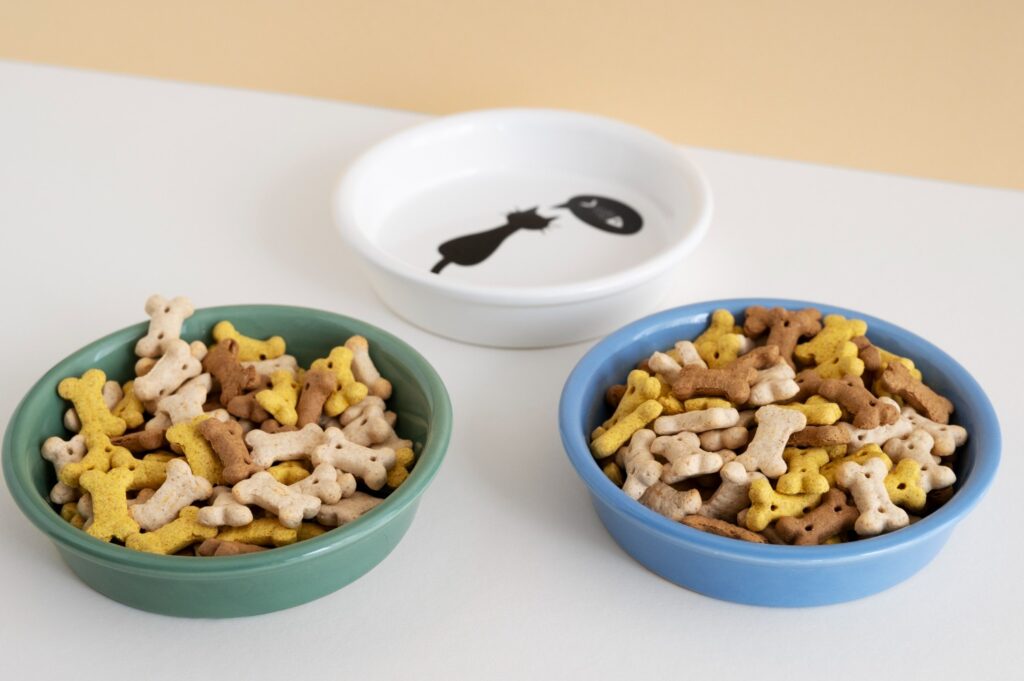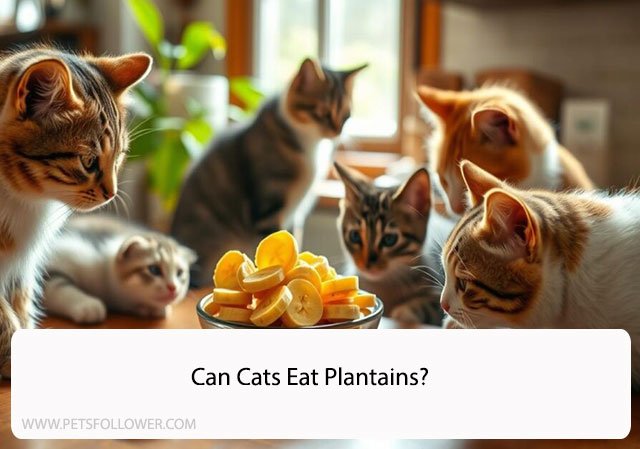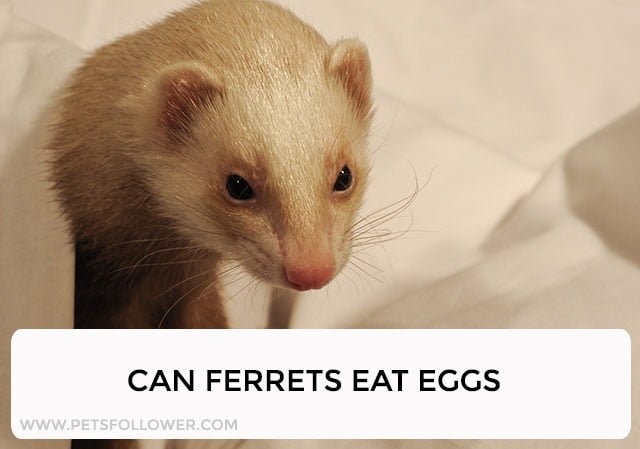
If you have a cat, you know they can be picky eaters. One day they love their food, and the next, they won’t touch it. It can be annoying when your cat won’t eat the good food you bought. That’s why it’s important to know what makes food tasty to cats.
Food palatability means how good food looks, smells, tastes, and feels to a cat. Cats use their senses a lot, so these things decide if they eat their food. Making food more palatable helps your cat get the food they need. It also cuts down on wasted food and makes feeding time less stressful.
Let’s see what cats like in their food, and I’ll show you how to make food tastier, so even picky cats will enjoy it.
Understanding Cat Food Palatability
What “Palatability” Means in Feline Nutrition
In simple terms, palatability is the measure of how much a cat likes its food. It’s not just about flavor it’s a mix of aroma, texture, temperature, and even appearance. Cats are obligate carnivores, meaning they naturally crave the taste and smell of meat. If a food lacks that savory “meaty” scent or taste, your cat may lose interest quickly.
How Cats Perceive Flavor, Aroma, and Texture Differently
Unlike humans, cats have a limited number of taste buds around 470 compared to our 9,000. They can’t taste sweetness, but they’re extremely sensitive to bitter and umami (savory) flavors. Their sense of smell, however, is incredibly strong. A cat relies on scent to decide whether food is edible or appetizing, which is why a food that smells appealing will often be eaten more eagerly than one that simply tastes good.
Key Factors That Influence a Cat’s Willingness to Eat
A cat’s mood, health, environment, and even the freshness of the food all play a part in palatability. Temperature matters too; cold food can dull aromas, making it less attractive. This is why most cats prefer meals served at room temperature or slightly warm.
Common Reasons Cats Become Picky Eaters
Health-Related Causes That Reduce Appetite
Before assuming your cat is just being fussy, it’s important to rule out health issues. Dental problems, gastrointestinal discomfort, or metabolic conditions like kidney disease can make eating painful or uncomfortable. If your cat’s picky behavior is new or persistent, a quick vet check can make all the difference.
Behavioral and Environmental Influences on Eating Habits
Cats are creatures of habit. They can easily be thrown off by a change in feeding schedule, bowl placement, or even household noise. Stress, new pets, or changes in the home environment can also make a cat less interested in eating.
The Impact of Sudden Diet Changes and Food Fatigue
Switching food brands or flavors abruptly can trigger a cat’s natural caution. Cats often need time to adjust to new smells and textures. On the other hand, feeding the same flavor for months can lead to “food fatigue,” where your cat simply gets bored. Rotating between a few high-quality options can help prevent this.
The Role of Scent and Aroma in Cat Food Acceptance
Why Smell Matters More Than Taste for Cats
A cat’s nose is its primary guide when it comes to eating. In fact, if a cat’s sense of smell is compromised due to illness or congestion it might completely stop eating, even if it’s hungry. The aroma tells your cat whether food is fresh, safe, and satisfying.
How to Enhance Food Aroma Naturally Without Artificial Additives
To make food smell more enticing, warm it slightly before serving. You can place the dish in a warm water bath or microwave it for just a few seconds (avoid overheating). This releases the natural oils and scent molecules in the food, making it more aromatic and appealing without the need for artificial flavorings.
The Science Behind Warming Cat Food to Release Appealing Scents
When cat food is warmed, volatile compounds responsible for scent are released more effectively. This mimics the smell of freshly caught prey, which triggers your cat’s natural instinct to eat. Just ensure the food isn’t too hot; lukewarm is ideal.
Texture and Mouthfeel: The Hidden Secret of Palatability
Why Some Cats Prefer Crunchy Kibble While Others Crave Soft Pâté
Every cat has unique texture preferences. Some enjoy the satisfying crunch of kibble, which helps clean teeth, while others prefer the smoothness of pâté or gravy-rich chunks. These preferences often develop early in life based on what the cat was exposed to as a kitten.
How Texture Affects Chewing, Satisfaction, and Meal Enjoyment
Texture affects how the food feels in your cat’s mouth and how easily it breaks apart. If food is too hard, older cats with sensitive teeth might avoid it. On the other hand, cats that like to chew may not find soft food as satisfying. Offering both wet and dry food can provide a sensory balance that keeps them interested.
Mixing Wet and Dry Food for Balanced Flavor and Texture Variety
Combining wet and dry food can enhance both nutrition and palatability. The aroma of wet food draws your cat in, while the crunchy kibble provides texture. Mixing the two can also keep mealtime exciting and reduce waste if your cat tends to get bored easily.
Taste Matters: Balancing Flavors Cats Actually Love
Understanding Feline Taste Preferences Savory Over Sweet
Cats are naturally drawn to meaty, umami flavors such as chicken, fish, beef, or liver. Since they lack taste receptors for sweetness, sugary or overly processed foods won’t appeal to them. Prioritizing animal proteins ensures your cat’s meals align with its carnivorous instincts.
The Importance of Animal Proteins and Umami Flavors
Proteins not only provide nutrition but also enhance taste. Amino acids like glutamate found in meat produce a rich umami flavor that cats instinctively crave. This is why foods with real meat as the first ingredient tend to be more appealing than plant-based alternatives.
Flavor Pairings That Naturally Appeal to Cats’ Instincts
Combining flavors like chicken and liver or salmon and tuna can mimic the variety cats would experience in nature. A rotation of complementary flavors helps prevent boredom and maintains appetite consistency over time.
Using Palatability Enhancers and Natural Additives
Safe Natural Flavor Boosters Like Tuna Oil, Bone Broth, and Chicken Fat
Adding small amounts of natural ingredients can make a big difference. Tuna oil or fish broth can boost aroma, while chicken fat enhances both flavor and palatability. Always use these in moderation to avoid upsetting your cat’s stomach.
Palatability Enhancers Used by Pet Food Manufacturers
Many commercial cat foods include natural enhancers derived from animal digest or yeast extracts, which improve taste without compromising nutrition. When selecting food, look for terms like “natural flavor” or “digest,” as these often indicate enhanced palatability.
How to Use Toppers and Meal Mixers to Encourage Appetite
Meal toppers like freeze-dried meat crumbles, shredded chicken, or bone broth can be sprinkled over your cat’s food to entice interest. They add texture and aroma, making even an old favorite meal seem new again.
Feeding Environment and Routine Optimization
Why Stress and Feeding Setup Affect Eating Behavior
A cat’s environment plays a bigger role in eating behavior than many realize. Loud noises, crowded feeding areas, or competition from other pets can make a cat too anxious to eat. Cats need quiet, calm spaces to feel safe enough to eat comfortably.
Creating a Calm and Comfortable Dining Space for Your Cat
Designate a feeding area away from heavy foot traffic and noisy appliances. Use clean, shallow bowls made of ceramic or stainless steel instead of plastic, which can retain odors. Some cats also prefer raised dishes to help with digestion.
Establishing Consistent Feeding Times to Build Routine and Trust
Cats thrive on routine. Feeding them at the same time daily helps create a sense of security. Avoid leaving food out all day, as this can dull their appetite. Instead, stick to a schedule that mimics natural feeding patterns and small, frequent meals throughout the day.
Transitioning to a More Palatable Diet
How to Safely Switch Cat Foods Without Digestive Upset
Cats have delicate digestive systems, and sudden food changes can lead to vomiting, diarrhea, or refusal to eat altogether. To avoid this, introduce new food gradually over 7–10 days. Start by mixing about 25% of the new food with 75% of the old one, then slowly increase the new portion every couple of days. This gradual transition allows your cat’s digestive system and its taste preferences to adjust smoothly.
Gradual Introduction Techniques to Win Over Picky Eaters
Picky eaters can be resistant even to high-quality food. The trick is to make the new food familiar and comforting. You can lightly coat it with something your cat already loves, like a small spoon of tuna juice or a sprinkle of freeze-dried chicken. As your cat starts to associate the new food with positive experiences, it will likely begin eating it willingly. Patience and consistency are key here forcing the change too quickly can backfire.
Monitoring Reactions and Adjusting Based on Feedback
Every cat’s body reacts differently. Keep an eye on stool consistency, coat health, and energy levels during and after the transition. If your cat shows signs of allergies, bloating, or discomfort, revert to a safe food and consult your veterinarian. Sometimes, what looks like pickiness could actually be a sign of sensitivity to certain ingredients.
DIY Tips to Make Cat Food More Appealing
Simple Home Methods to Boost Flavor and Aroma
Homemade tricks can often make a big difference without changing your cat’s diet entirely. Adding a spoonful of unsalted chicken broth or tuna water to the food can make it smell irresistible. A few drops of warm water mixed into dry kibble will release more aroma and soften the texture for older cats who struggle with hard food.
Warming, Blending, and Hydrating Dry Food for Better Taste
Cats are naturally drawn to the scent of warm food. Gently heating canned food or adding warm (not hot) water to dry kibble brings out flavors and mimics the warmth of freshly caught prey. Blending wet and dry foods also provides a variety of textures that can rekindle a picky cat’s interest in eating.
Adding Variety While Maintaining Nutritional Balance
Even if your cat enjoys a specific brand or flavor, try to rotate between a few options within the same product line to prevent boredom. However, ensure all varieties meet your cat’s nutritional needs and are balanced with essential vitamins and minerals. Cats thrive on variety, but it must never come at the cost of proper nutrition.
When to Consult a Veterinarian or Pet Nutritionist
Recognizing Signs of Medical Issues Behind Picky Eating
Sometimes, what seems like stubborn behavior is actually a medical problem in disguise. If your cat suddenly refuses food, loses weight, or seems lethargic, it could be due to dental disease, kidney problems, or gastrointestinal disorders. Early intervention from a vet can prevent minor issues from becoming serious health threats.
How Vets Can Identify Allergies, Sensitivities, or Dental Problems
A veterinarian can perform blood tests, dental exams, or allergy screenings to determine what’s causing the loss of appetite. For instance, food allergies often show up as skin irritation or digestive trouble. Dental pain, on the other hand, might cause your cat to avoid hard kibble. Once the underlying issue is treated, your cat’s appetite usually returns to normal.
Professional Advice for Formulating or Selecting Palatable Cat Diets
If you’ve tried every trick and your cat is still fussy, consulting a pet nutritionist can help. These professionals specialize in creating custom diets that meet both taste and health requirements. They can recommend ingredient combinations that fit your cat’s preferences while ensuring a balanced and complete diet.
Future Trends in Cat Food Palatability
Advances in Flavor Science and Feline Nutrition
Pet food research has come a long way. Manufacturers are now studying the molecular structure of aromas and how cats respond to specific compounds. This science-driven approach allows them to create food that appeals more strongly to feline instincts. In the coming years, we can expect even more tailored recipes that address both taste and nutritional optimization.
The Rise of Functional and Personalized Cat Foods
Personalized nutrition is becoming popular not only for humans but also for pets. Soon, cat food companies may use data from DNA tests or health trackers to design formulas tailored to a cat’s specific metabolism, breed, and preferences. Functional foods that support digestion, joint health, or immunity will likely dominate the market, offering both health benefits and enhanced palatability.
How Technology Is Shaping the Next Generation of Cat Meals
Innovation in pet tech is already influencing feeding habits. From smart feeders that monitor consumption to AI-driven recommendations for portion sizes, the future of feline feeding will be data-backed and highly personalized. Many brands are experimenting with fresh, small-batch meals that mimic homemade diets while maintaining convenience for pet owners.
Conclusion
Improving cat food palatability isn’t just about making meals tastier, it’s about understanding your cat’s instincts, preferences, and emotional comfort. Cats are highly sensitive creatures that rely on scent, texture, and environment to decide whether something is worth eating. By paying attention to these details, you can transform mealtime from a daily struggle into a bonding experience.
Start small: warm their food, experiment with texture, and keep feeding times consistent. Create a calm environment, be patient with new foods, and never ignore signs of health issues. Once you find the right balance between nutrition and sensory appeal, you’ll not only have a happier, healthier cat but also greater peace of mind knowing your feline friend is enjoying every bite.










